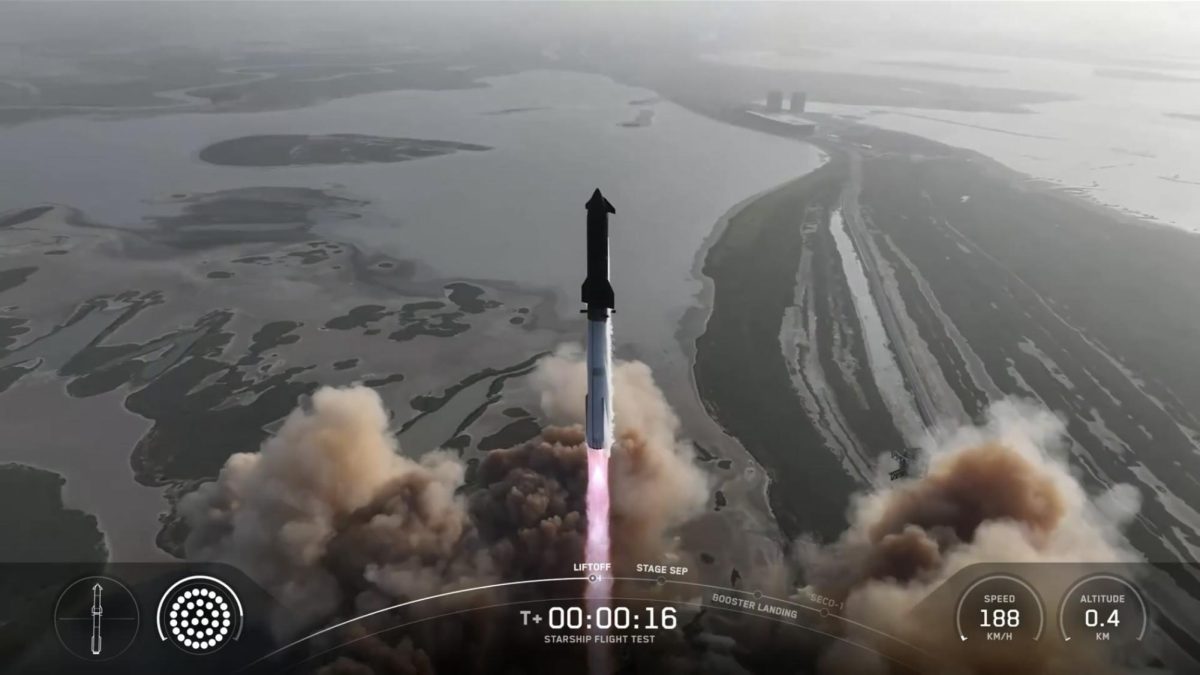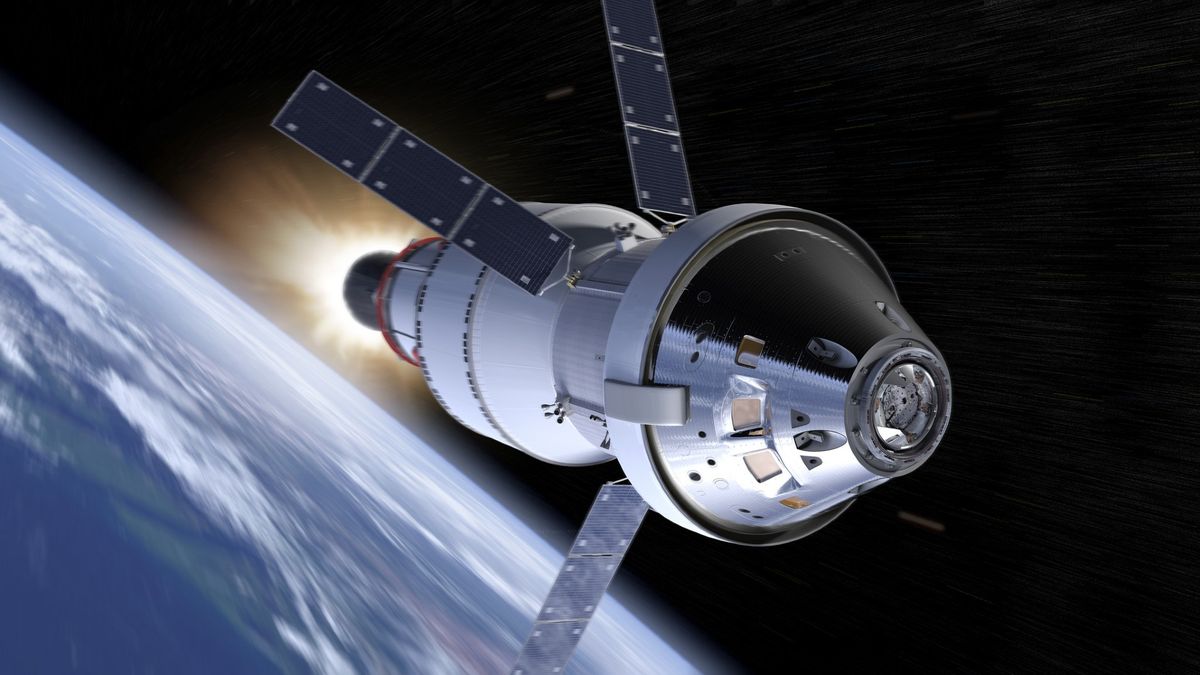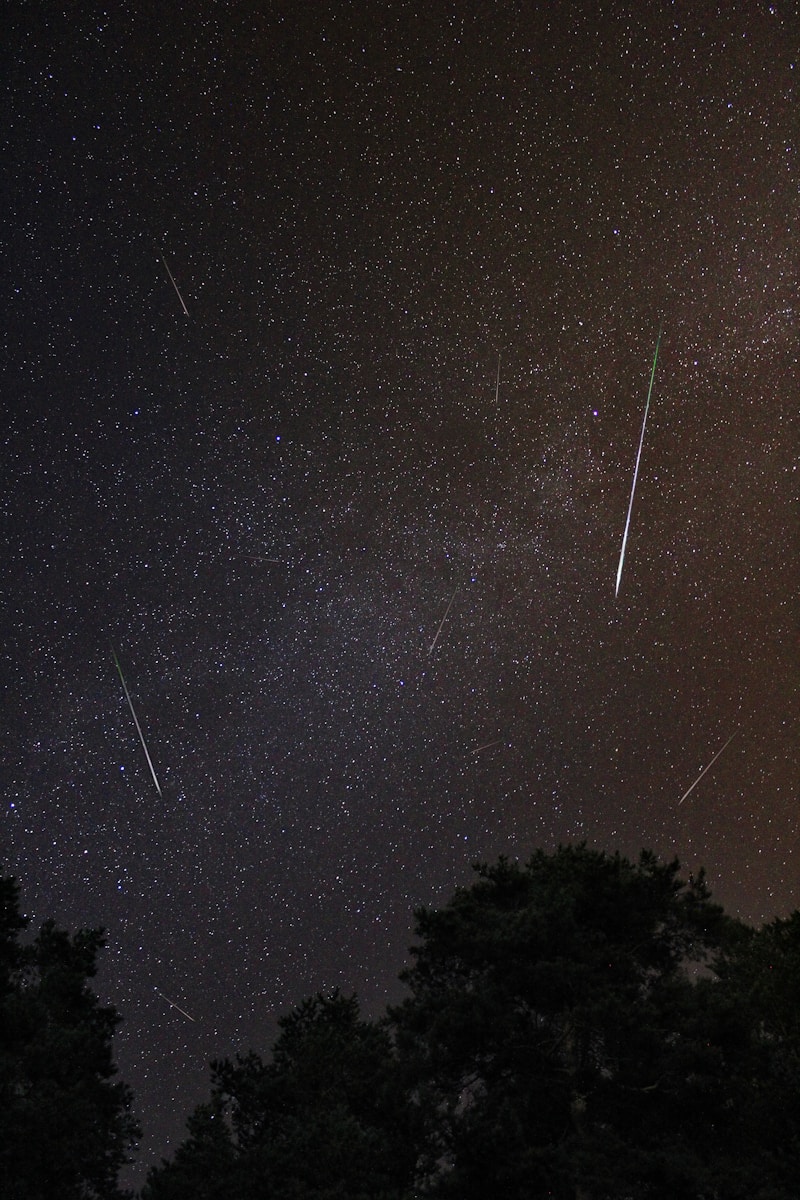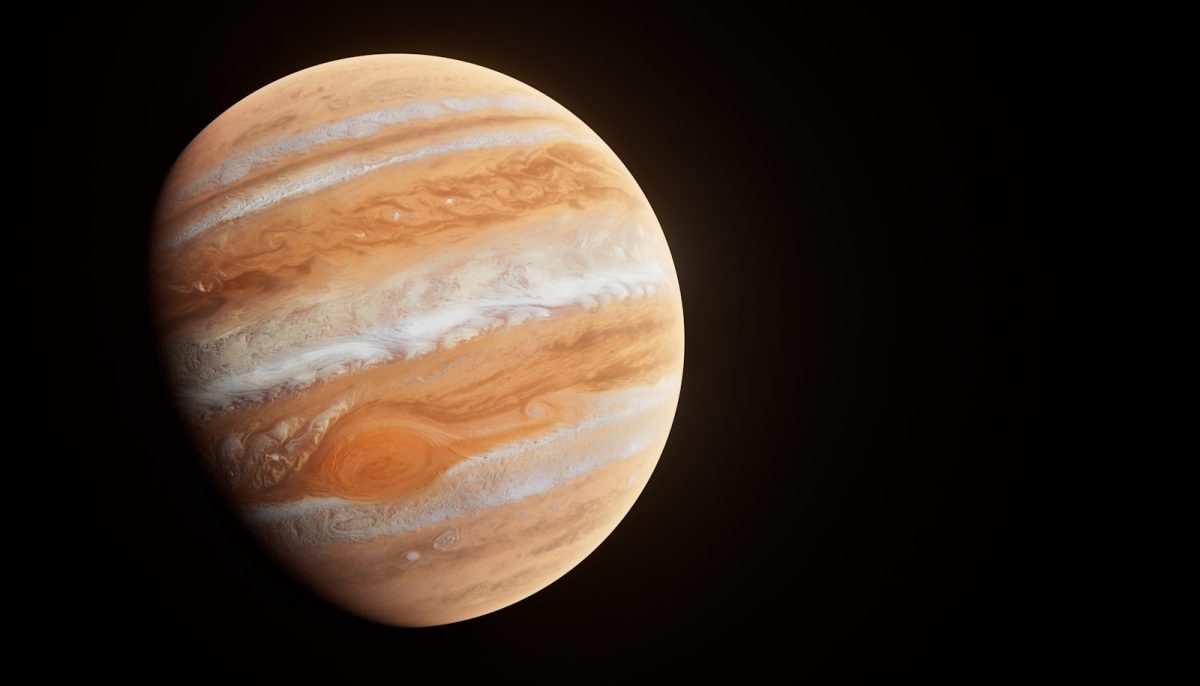
Alpha Centauri is a solar system about four light years away is made up of not one, not two, but three stars. The first star, also known as Alpha Cen A, and the second star, Alpha Cen B, orbit relatively close to each other. Alpha Cen A is almost exactly the same as our sun even in age, while Alpha Cen B slightly smaller and dimmer. The third star, Alpha Cen C, also known as Proxima, is a much smaller red dwarf star that rotates around the A and B in a much larger orbit that is 10,000 times farther than the Earth-Sun distance.

Chandra data that measures the amount of x-ray bombardment around are better around Alpha A than the sun, Alpha B a little worse. The x-rays that the planets in the habitable zone around Proxima receive about 500 times larger than Earth, and during a solar flare, become 50,000 times larger.
Right now it would take abo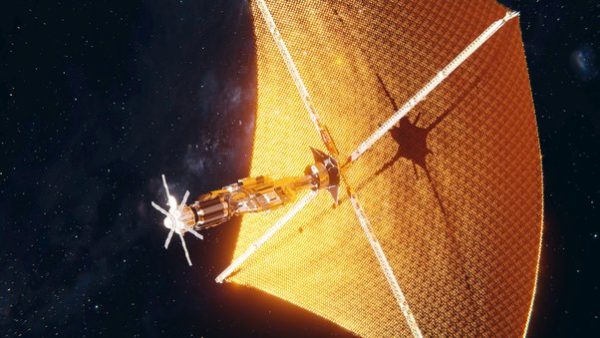 ut 75,000 years to get to the Alpha Centauri solar system is we were travelling at the same speed as the Voyager 2 (35,000 mph). If we were to travel there at the speed of light, which is impossible, would only take the short time of 4 years. The fastest spacecraft ever tested had a top speed of 364,660 mph. But, with new solar sail technology, it may take as little as 20 years. Some problems though include the sail tearing or melting.
ut 75,000 years to get to the Alpha Centauri solar system is we were travelling at the same speed as the Voyager 2 (35,000 mph). If we were to travel there at the speed of light, which is impossible, would only take the short time of 4 years. The fastest spacecraft ever tested had a top speed of 364,660 mph. But, with new solar sail technology, it may take as little as 20 years. Some problems though include the sail tearing or melting.
Now, how are those epic solar sails made? Solar sailing is a method of spacecraft propulsion that uses the energy of the Sun. The reflective sails pick up momentum from the photons and this is the source to propel the vehicle forward. Photons are particles of light that have no mass but gain momentum when they collide with something. By taking a large number of photons, a significant thrust can be applied. When light hits a bright, mirror-like surface called a solar sail, the photons in the light reflect off the sail, momentum is transferred, and the photons push! Because this happens in a vacuum, there is nothing to slow the sail down, so every thrust counts, allowing for super-fast speeds and constant accelerations.
If we do somehow get spacecraft to the Alpha Centauri solar system, for about the first 25-30 years of that, it would just be the satellites getting into orbit. It would take a long time for us to figure out how to make a solar sail big enough and durable enough to transfer landers to some of the planets, and even if we did get them there, it would be the rovers, not humans. Hopefully, after all that, humans might be sent to explore. But with the planets receiving so much radiation from Proxima Centauri, the possibilities of life might be low.
Maybe someday we’ll get there, but for now we’ll have to wait.
Related Stories:
Take Action:
https://www.nasa.gov/get-involved/#:~:text=Volunteer%20for%20a%20NASA%20Study,visit%20the%20Analog%20Studies%20page.

